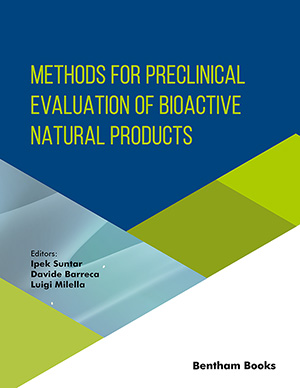Abstract
Background: Observational pharmacoepidemiological (PE) studies on drug safety have produced discrepant results that may be due to differences in design, conduct and analysis.
Purpose: The pharmacoepidemiology work-package (WP2) of the Pharmacoepidemiological Research on Outcomes of Therapeutics by a European ConsorTium (PROTECT) project aims at developing, testing and disseminating methodological standards for design, conduct and analysis of pharmacoepidemiological studies applicable to different safety issues using different databases across European countries. This article describes the selection of the safety issues and the description of the databases to be systematically studied.
Methods: Based on two consensus meetings and a literature search, we selected five drug-adverse event (AE) pairs to be evaluated in different databases. This selection was done according to pre-defined criteria such as regulatory and public health impact, and the potential to investigate a broad range of methodological issues.
Results: The selected drug-AE pairs are: 1) inhaled long-acting beta-2 agonists and acute myocardial infarction; 2) antimicrobials and acute liver injury; 3) antidepressants and/or benzodiazepines and hip fracture; 4) anticonvulsants and suicide/suicide attempts; and 5) calcium channel blockers and malignancies. Six European databases, that will be used to evaluate the drug-AE pairs retrospectively, are also described.
Conclusion: The selected drug-AE pairs will be evaluated in PE studies using common protocols. Based on consistencies and discrepancies of these studies, a framework for guiding methodological choices will be developed. This will increase the usefulness and reliability of PE studies for benefit-risk assessment and decision-making.
Keywords: Adrenergic beta-agonists, anti-bacterial agents, anticonvulsants, antidepressive agents, benzodiazepines, bone, calcium channel blockers, drug toxicity, european medicines agency, fractures, liver injury, myocardial infarction, neoplasms, observational studies, pharmacoepidemiology, suicide.
 87
87





















